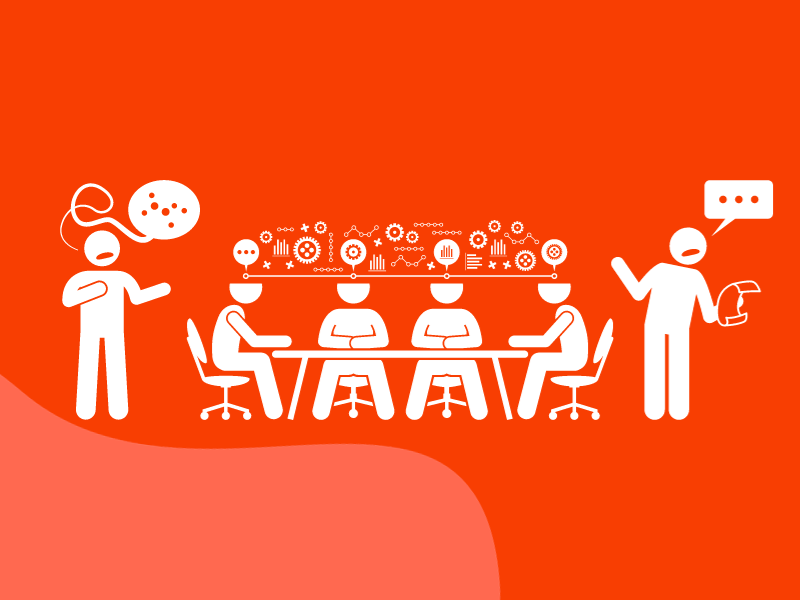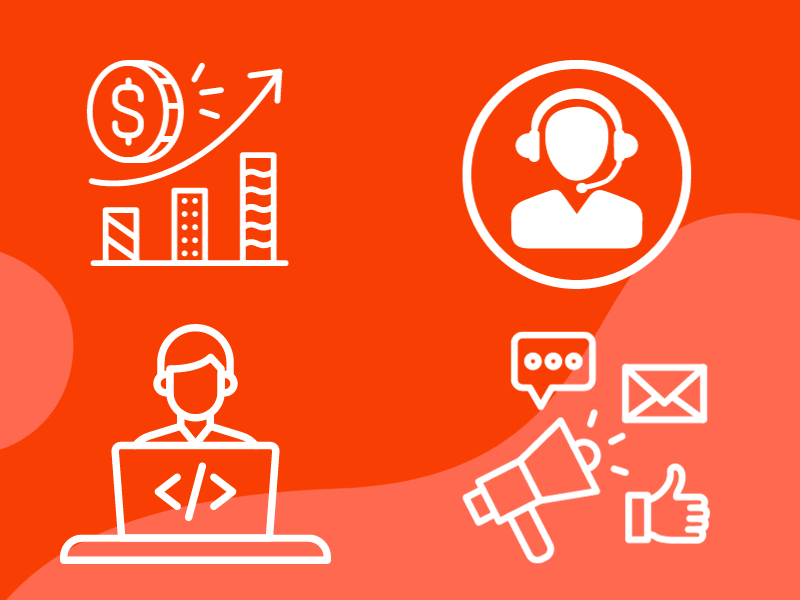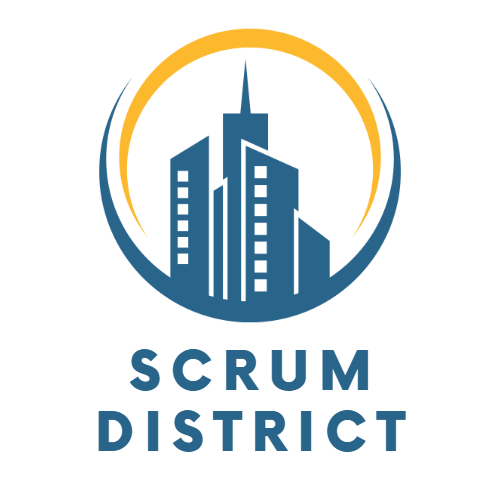When you’re developing products, it can be hard to succeed, even if you’ve got a great team, cool ideas, and a lot of energy. You might not get anywhere without a clear understanding of the problem you’re trying to solve.
This is where problem framing comes into play.
The following sections will detail the problem framing process, step by step. We’ll cover the most effective ways to pinpoint the root of the problem, define a problem statement, and present it to your team.
What is problem framing?
Problem framing is a thinking process that can help you understand, define, and prioritize a real problem of your users so that you can come up with a good solution.
This thought process involves a set of steps that can guide you in figuring out what will be the next piece of work and provide you with a clear direction on what actions to take.
- The first step is to define the problem and create a clear problem statement outlining the issue that needs to be resolved.
- Once the problem is understood, the next step is to generate ideas for how to fix it.
- However, it’s equally important to prioritize these ideas based on factors such as feasibility, cost, and potential impact. This will help you evaluate the ideas and identify the best solution.
- The final step is to choose the best solution and plan how to implement it. This involves working out the necessary resources, setting deadlines, and assigning responsibilities to ensure the solution is effectively implemented.
It’s important to know that prior to problem framing, gathering user insights is necessary to understand users’ needs, pain points and behaviors. This can involve user interviews, surveys, user feedback and data analysis.
Why is problem framing important?
- Defines the focus. Knowing exactly what problem or challenge your product is trying to solve, allows you to stay focused on the stuff that actually matters and that lines up with your goals.
- Ensures relevance. By keeping the product development process aligned with the needs and pain points of your target audience, you can make sure that the product really resonates with your users.
- Minimizes wasted resources. Figuring out the real problem helps you avoid wasting time and resources on fixing the wrong stuff or building features that users don’t care about.
When should you do problem framing?
At the start of the product discovery process, it’s really helpful to frame the problem you’re trying to solve. This way, you can set a clear direction for your product and make sure that everything you do lines up with addressing the challenge you’ve identified.
It’s worth noting that framing the problem isn’t just a one-time thing; you can keep refining it as you learn more through research, user interviews, and other discovery methods.
There may be cases where the problem is already well understood or simple, and problem framing might be less extensive or not needed at all. However, in most product development scenarios, taking the time to define and frame the problem is a good practice to create user-centric solutions.
What is a problem statement?
A problem statement is basically a clear and solid description of a specific issue or challenge that needs to be tackled. It serves as the foundation for problem-solving and decision-making.
It guides the problem-solving process, aligns stakeholders’ understanding, and provides a clear direction for finding solutions. In other words, it makes sure everyone is on the same page.
In product development, it plays a significant role because it helps teams identify user needs, define product goals, and create user-centric solutions.
How do I frame a problem?

Once my team and I, comprising the UX designers, and occasionally our tech lead, have obtained insights from our users, we initiate the problem framing process that then leads to creating our problem statement. To do that, we are following the problem framing template provided below.
User Needs: We start by describing the issue in simple terms and understanding why it’s important to solve the problem. This helps us find the right solutions that meet the needs of our users.
Impact on Stakeholders: We identify who is affected by the problem, both inside and outside the company, and consider the consequences it has for them.
Objectives: We think about what we’re trying to achieve by solving the problem and define our goals.
Scope and Boundaries: We define what’s in and out of the scope of the problem, establishing boundaries for our work. This helps in narrowing down the focus of our efforts.
Current Solutions or Attempts: We evaluate any previous attempts to solve the problem and determine what has worked and what hasn’t. This insight helps us avoid redundancy, learn from past mistakes, and identify gaps in current approaches.
Success Criteria: We establish key metrics that will help us determine if we’ve successfully solved the problem.
Constraints: We consider any limitations or constraints that could impact our work.
Dependencies: We identify any dependencies on other teams or factors that could impact our progress.
Defining the Problem Statement: We craft a clear problem statement that encapsulates the specific issue based on user feedback.
After we have a clear understanding of the user feedback and have identified the specific problem statement, we proceed to the subsequent steps, which follow after problem framing.
Presenting the Problem Statement: We share the problem statement with the rest of the development team, product managers, and other relevant stakeholders to ensure everyone understands the problem we aim to solve and its impact on the user experience.
Generating Ideas: We collaboratively brainstorm potential solutions to address the defined problem, encouraging creative thinking within the team.
Prioritizing Ideas: We evaluate and prioritize the ideas based on factors such as feasibility, potential impact on user satisfaction, and alignment with the defined problem.
Finding the Best Solution: Finally, we select the most viable solution that directly addresses the problem statement and enhances the user experience of our music app. We plan the development and implementation of this solution, keeping user feedback and needs in mind throughout the process.
Alright, let’s check out how this works in a music app setting.

To improve the overall user experience, our team aims to address the music discovery challenge that users face within our app. The following steps outline our approach:
User Needs:
Music Discovery Challenge: Users struggle to discover new and diverse music within the app, impacting their overall experience.
Impact on Stakeholders:
Users and App Engagement: The problem affects users’ satisfaction and engagement, potentially leading to decreased app usage and user retention.
Objectives:
Enhanced User Experience: Our goal is to improve the overall user experience by addressing the music discovery challenge and ensuring users find content that resonates with their preferences.
Scope and Boundaries:
Focus on Discovery Feature: Our scope includes enhancements to the music discovery feature within the app, excluding unrelated aspects to maintain a targeted approach.
Current Solutions or Attempts:
Past Discovery Features: We evaluate the effectiveness of previous music discovery features, learn from successful elements, and identify areas that need improvement.
Success Criteria:
Increased User Engagement: Success is defined by an increase in user engagement metrics, such as time spent on the app, the number of songs discovered, and positive feedback.
Constraints:
Technical Limitations: We consider constraints like technical limitations that may impact the implementation of certain features for music discovery.
Dependencies:
Collaboration with Backend Team: We recognize dependencies on backend development for implementing algorithms supporting personalized music recommendations.
Defining the Problem Statement:
“Users find it challenging to discover new music within our app, leading to a potential decline in user engagement and satisfaction.”
Presenting the Problem Statement:
Alignment with Stakeholders: We share the problem statement with the development team, product managers, and relevant stakeholders to ensure a collective understanding of the challenge.
Generating Ideas:
Brainstorming Music Discovery Solutions: We collaboratively brainstorm ideas to enhance the music discovery feature, considering factors like curated playlists, personalized recommendations, or social sharing.
Prioritizing Ideas:
Feasibility and Impact: We evaluate and prioritize ideas based on feasibility, potential impact on user satisfaction, and alignment with the defined problem of music discovery.
Finding the Best Solution:
Optimized Discovery Algorithm: We select the most viable solution, which might involve optimizing the music discovery algorithm, providing personalized playlists, or integrating social features for music sharing. We plan the development with a user-centric approach.
How to communicate a problem statement?

To make sure that the problem statement is communicated effectively, it’s important to share it with the right people, including support, marketing, sales, and development teams.
By doing so, everyone knows what’s going on and can work concurrently to improve it.
When sharing the problem statement with the developers, there are a few essential things that they need to know about the issue.
First, they need to understand how big the problem is and how it’s affecting things.
Second, they need to know what the user thinks about the problem, as this can help them prioritize their work and address the most pressing issues first.
Ultimately, transparency is key when it comes to problem-solving. By making sure that developers and other teams are aware of everything you’ve found out about the problem, you can ensure that everyone is on the same page and working together to find a solution.
Final thoughts
To find solutions that truly make a difference, you need to understand the problem’s context, boundaries, and root cause.
Therefore, it’s not sufficient to merely know the problem. You must also be able to put it into perspective. This is what will help you find and implement the right solutions.

